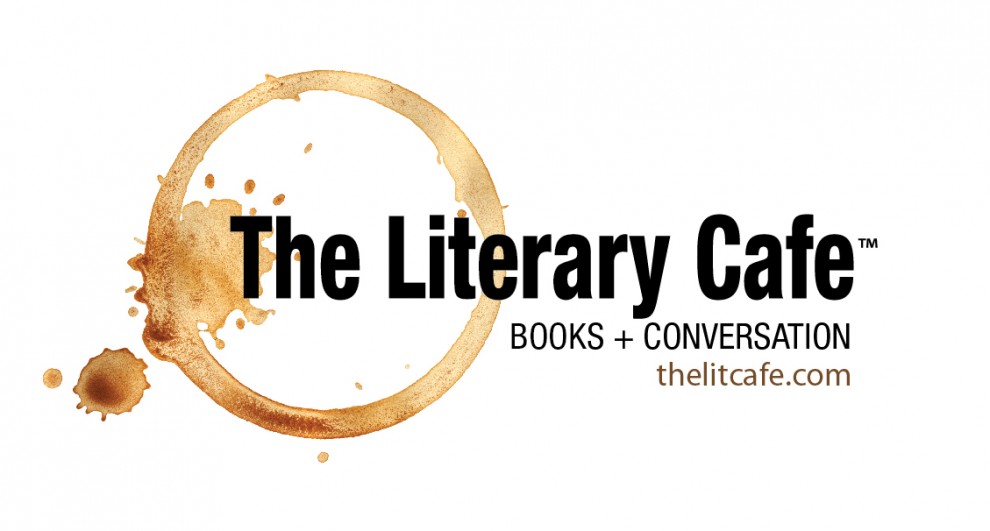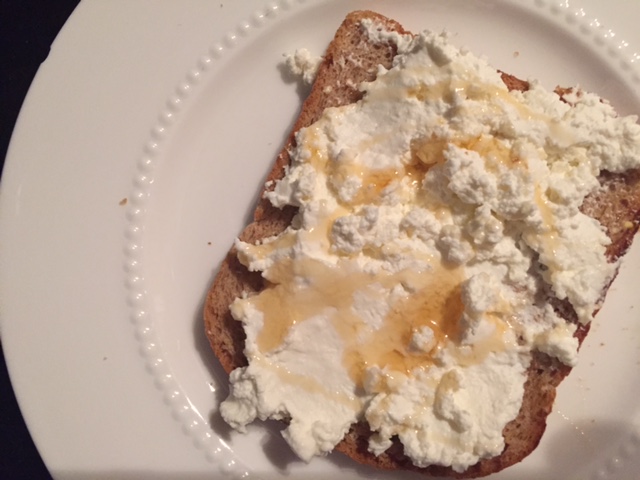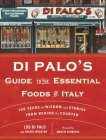I haven't yet finished Di Palo's Guide to the Essential Foods of Italy, because each chapter must be savored and explored--plus you end up very hungry even halfway through a chapter. This unique book, which is a combination of practical information and wonderful stories, belongs in every kitchen.
The author, Lou Di Palo, is one of the principals of Di Palo's Fine Foods, a quintessential New York establishment with a very un-New York vibe. For more than 100 years in the Little Italy neighborhood of Manhattan, generations of Di Palo family members having been making cheese by hand and serving the riches of their country of origin to the local community--taste by bite by sip.
The DiPalo counter and it's bounty of riches.
To visit Di Palo's, at Grand and Mott, is not to be rushed. The time and care they take with each customer belies the NYC hustle, which you should leave at the door. Because the Di Palo's -- Lou, Sal, Marie and Connie plus their staff, make sure you know the stories behind every product you buy. If it's an imported product, you learn about the region, the artisan, the terrain, the season--all the factors in producing remarkable foods.
“I am often asked why my olive oil is so expensive. And I always picture Alberto leaning over the press that took him years to perfect or the contessa cradling her olives like the precious gifts they are. Like everything in life, you get what you pay for. Behind these wonderful oils are world-class modern technology and the passion of a true maestro, and his ancient art.”
Mini lobster tail at Ferrara Bakery.
Di Palo's stands as a testimony to the traditions of Italy. "When you come into Di Palo's, you come into our house. The recipes in the book evoke memory. The recipes represent peasant foods and serve as a way to give more info about the products." said Lou Di Palo as we talked in his de facto office at the Ferrara bakery--another family business that has been run by generations.
Lou Di Palo has taken his lifetime of combing Italy for the best foods and serving customers and turned it into Di Palo's Guide to the Essential Foods of Italy: 100 Years of Wisdom and Stories from Behind the Counter. Part history and geography lesson brought to life by family stories, the book has 13 eminently readable chapters--each delving into an Italian delicacy.
"The book is a way to document traditions of family and the food we eat. It is a celebration of family," said Di Palo. "The book is not a cookbook. It is about the people that produce the products and experiencing that passion."
Di Palo says it was quite a challenge to narrow the book to the 12 foods that form the "essentials." "Italy is 20 countries that were bound together in the last century. Each region has it's own traditions, terroir and weather." The book serves as an extension of the Di Palo's commitment to serving as informal ambassadors to Italy.
Mozzarella, pecorino, ricotta, sea salt, olive oil and coffee are just some of the chapters. Each features a small bit of history, the best growers and then how to select, store and serve each.
Di Palo's handmade ricotta on toast with honey.
In reading the book, you will want to put your new knowledge to test. Most compelling are the chapters that feature the very products Di Palo's make on site: ricotta and mozzarella. If you've never had fresh, handmade ricotta--you have been missing one of life's great pleasures. For Easter, I made Concetta Di Palo's Ricotta Cheesecake, which was subtle, flavorful and fresh all at once. See our Kitchen & Cellar section for the recipe. But I then proceeded to have ricotta on toast with honey for the rest of the week.
Potato Croquettes with DiPalo handmade mozzarella.
As for the mozzarella, I made Potato Croquettes. The croquettes are a combination of potatoes, parsley and Pecorino Romano. Once shaped into ovals, cubes of mozzarella are placed in the middle. Dusted in bread crumbs the croquettes are then fried in about an inch of olive oil. The result was a delicious, light--not greasy--side that fit perfectly with roasted salmon and a kale salad.
The remaining chapters I have yet to read are Prosciutto, Piave and Other Mountain Cheeses, Speck and Pasta.
So I have gone to Di Palo's and had the pleasure of tasting and buying their prosciutto, piave and more recently speck. But the pleasure in going back to the store is that the book has given me a way into the conversation. It's a conversation about culture, art, family and making simple good food that underlies all of the above. Bon Apetito!
About the Author
Lou Di Palo grew up behind the counter at Di Palo's in New York's Little Italy and in the Italian-American neighborhood of Bensonhurst, Brooklyn. In addition to running Di Palo's (for forty years and counting) with his brother, Sal, and his sister Marie, he works as an Italian-food educator and consultant for supermarkets, trade associations, and even Italy itself. This is his first book.
Rachel Wharton has nearly twenty years of experience as a writer, reporter and editor. She is a contributing editor of Edible Manhattan and Edible Brooklyn magazines. She has also won the James Beard Foundation award for her food writing.








